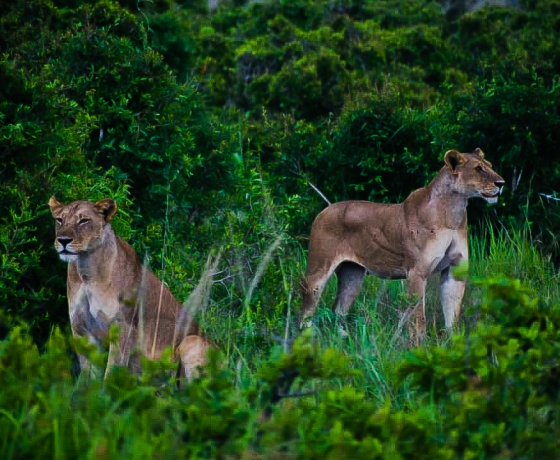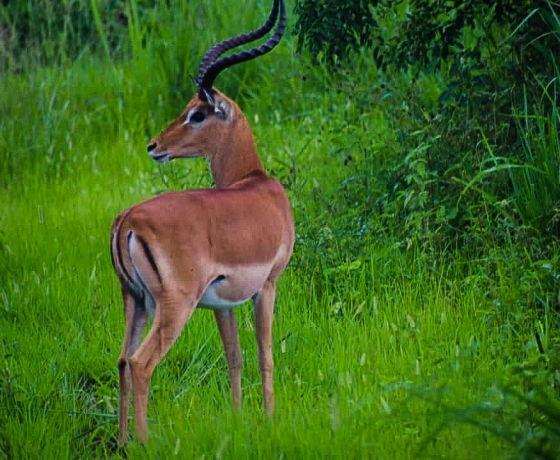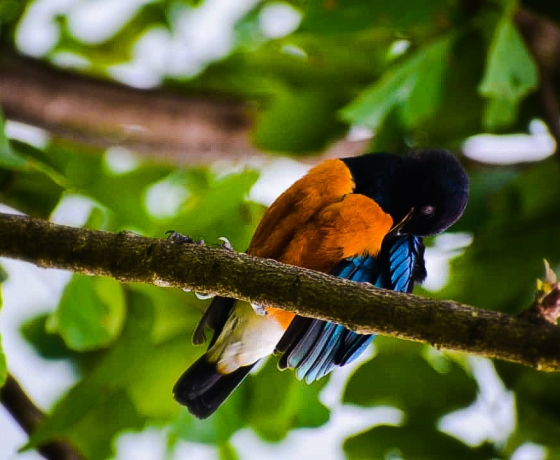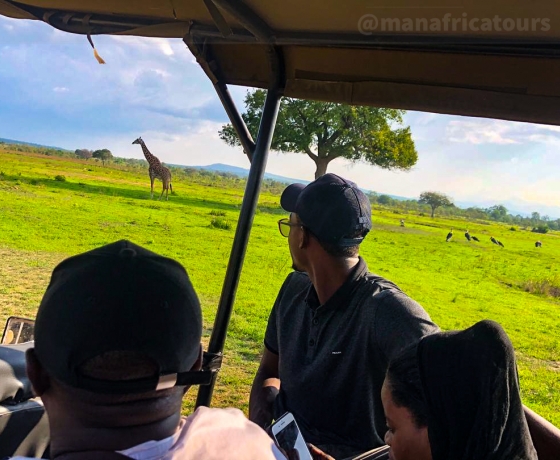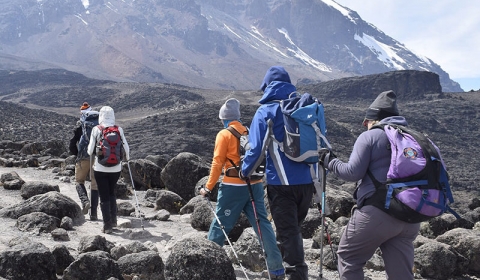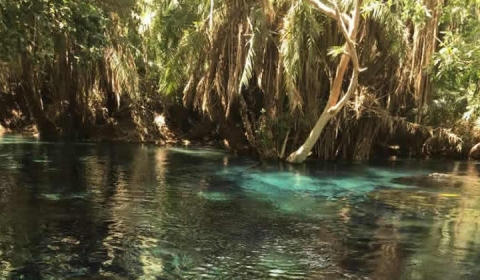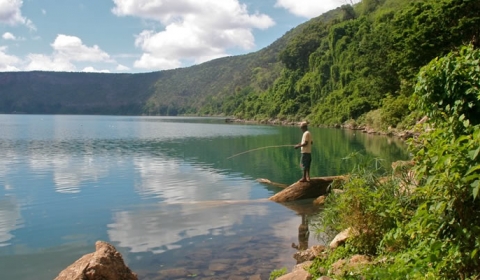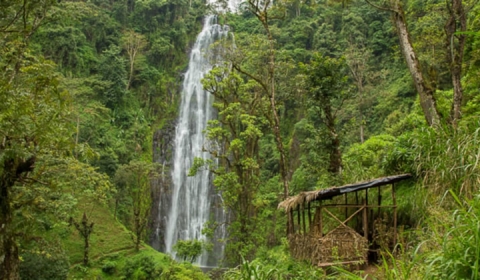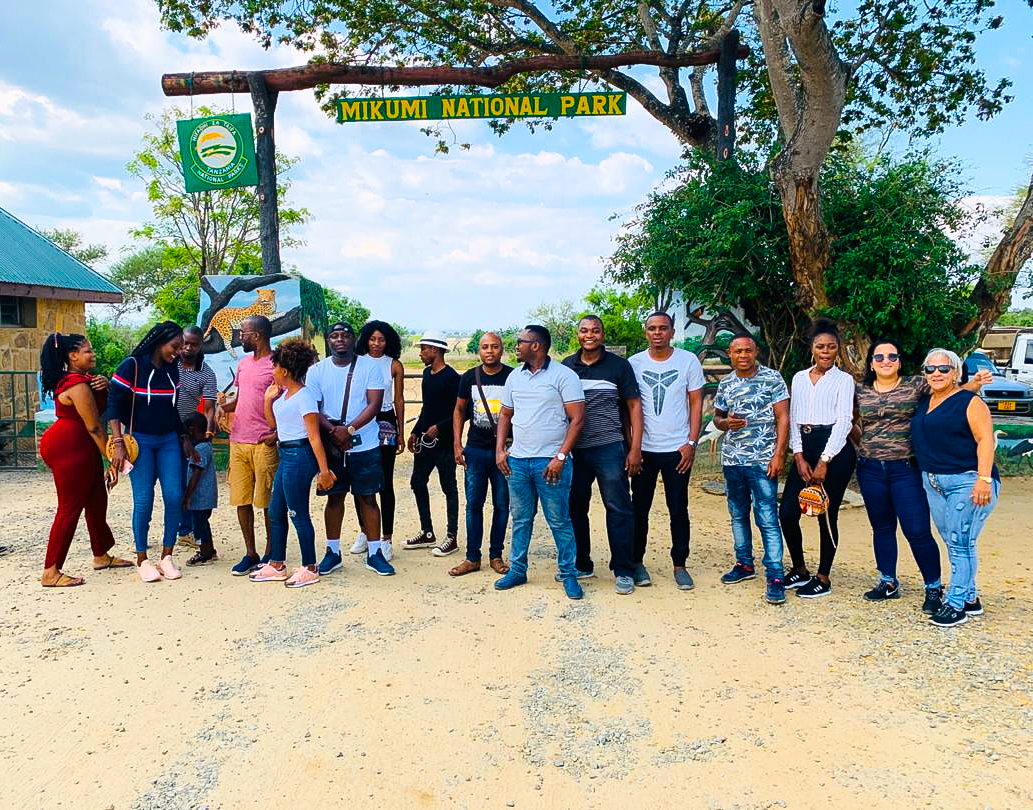
Mikumi National Park is the most open from Dar es Salaam. With confirmed wild life sightings, it makes a perfect safari goal for those who are busy and have less time to travel, two days or more can get you an opportunity to explore the splendor of mikumi national park. Mikumi National Park has been slated to to be a major a hotspot for the travel industry in Tanzania. The park center has a wide assortment of natural life that can be simple spotted and furthermore very much suitable to viewing in a game drive.
Since the completion of the paved road connecting the park gate with Dar es Salaam, Mikumi National Park has been slated to become a hotspot for tourism in Tanzania. The park is located between the Uluguru Mountains and the Lumango range, approximate four hours drive from Tanzania’s largest city of Dar Es Salaam. Mikumi National Park abuts the northern border of Africa’s biggest game reserve – the Selous – and is transected by the surfaced road between Dar es Salaam and Iringa. It is thus the most accessible part of a 75,000 square kilometre (47,000 square mile) tract of wilderness that stretches east almost as far as the Indian Ocean.
Most visitors come to Mikumi National Park aiming to spot the ‘Big Five’ (cheetah, lion, elephant, buffalo, and rhino), and they are always not disappointed. Hippo pools provide close access to the mud-loving beasts, and bird-watching along the waterways is particularly rewarding. Mikumi National Park borders the Selous Game Reserve and Udzungwa National Park, and the three locations make a varied and pleasant safari circuit.
Swirls of opaque mist hide the advancing dawn. The first shafts of sun decorate the fluffy grass heads rippling across the plain in a russet halo. A herd of zebras, confident in their camouflage at this predatory hour, pose like ballerinas, heads aligned and stripes merging in flowing motion.
Lions survey their grassy kingdom – and the zebra, wildebeest, impala and buffalo herds that migrate across it – from the flattened tops of termite mounds, or sometimes during the rains, from perches high in the trees. Giraffes forage in the isolated acacia stands that fringe the Mkata River, islets of shade favoured also by Mikumi’s elephants.
Criss-crossed by a good circuit of game-viewing roads, the Mkata Floodplain is perhaps the most reliable place in Tanzania for sightings of the powerful eland, the world’s largest antelope. The equally impressive greater kudu and sable antelope haunt the miombo-covered foothills of the mountains that rise from the park’s borders.
More than 400 bird species have been recorded, with such colourful common residents as the lilac-breasted roller, yellow-throated long claw and bateleur eagle joined by a host of European migrants during the rainy season. Hippos are the star attraction of the pair of pools situated 5km north of the main entrance gate, supported by an ever-changing cast of water-birds.
About Mikumi National Park
Size: 3,230 sq km (1,250 sq miles), the fourth-largest national park in Tanzania, and part of a much larger ecosystem centred on the uniquely vast Selous Game Reserve.
Location: 283 km (175 miles) west of Dar es Salaam, north of Selous, and en route to Ruaha, Udzungwa and (for the intrepid) Katavi.
How to get there
- A good surfaced road connects Mikumi to Dar es Salaam and Dodoma cities via Morogoro, a roughly 4 hour drive. Also road connections to Udzungwa, Ruaha and (dry season only) Selous. Local buses run from Dar to park HQ where game drives can be arranged.
- Charter flight from Dodoma, Dar es Salaam, Arusha or Selous can land straigth to the park.
***Public Transport, Car Hire, Flight and Tour Operators***
What to do
- Wildlife Safaris
- Night Game Drive
- Birding Safaris
- Camping Safaris
- Maasai Culture Tourism
- Mikumi Snake Park
- Guided walking Safaris
- Easily connect to nearby Udzungwa National Park for Nature Adventures or travel on to Selous or Ruaha for more Wildlife Safaris experiences
Accommodation
There is all kinds of accomodation facilities from guest houses, Lodges, Luxury Tents to ***Hotels.

